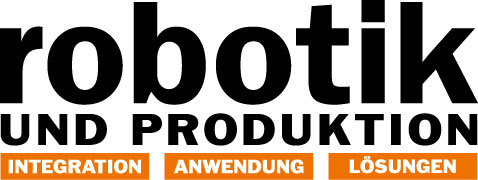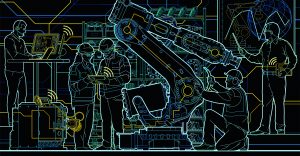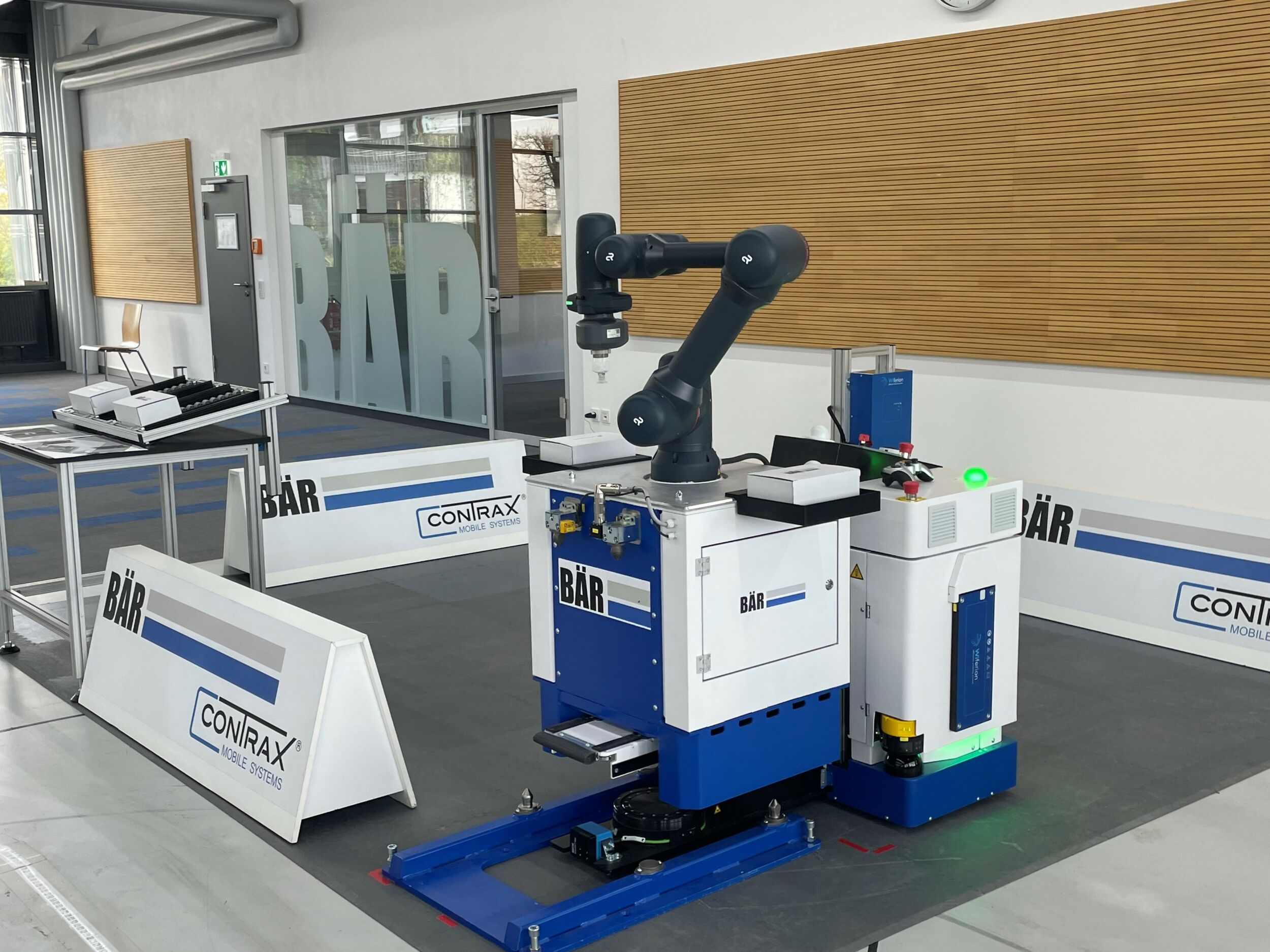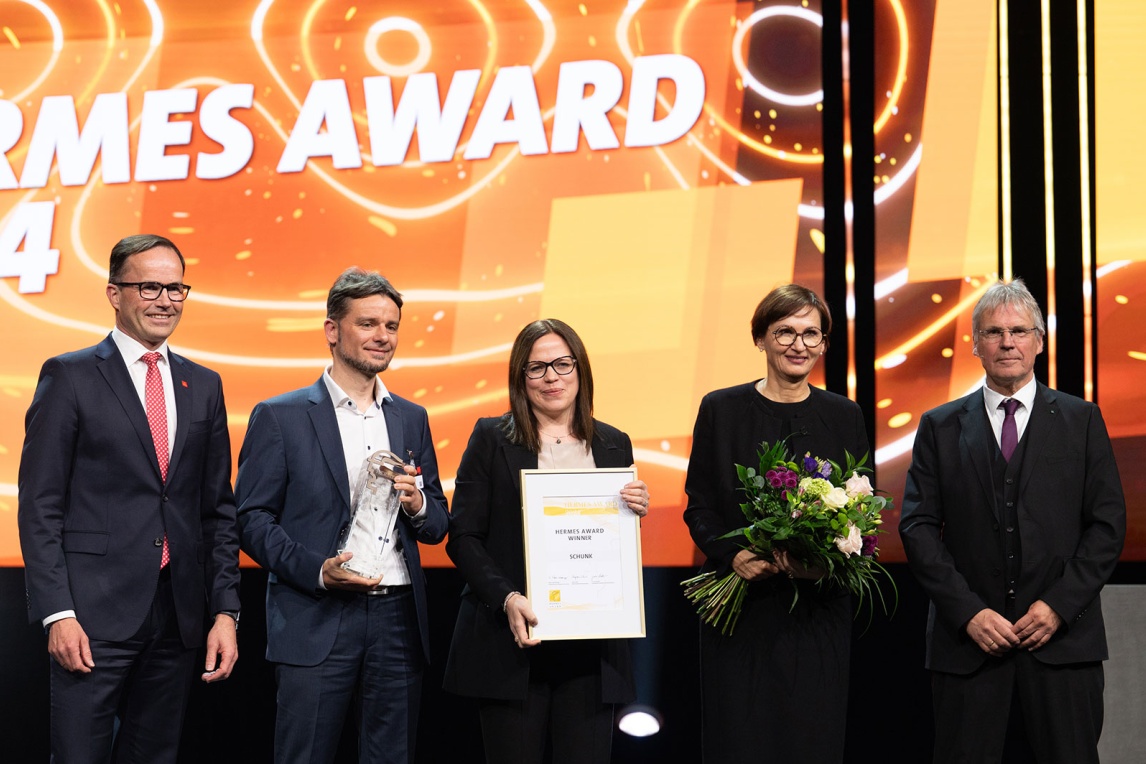Deep-learning AI network for industrial robots
Big data, the cloud and Fanuc?
Fanuc, the world’s largest maker of industrial robots, plans to start connecting 400,000 of their installed systems by the end of this year. The goal is to collect data about their operations and, through the use of deep learning, improve performance. Similarly, Kuka is building a deep-learning AI network for their industrial robots.
The Robot Report is a regularly updated web-based resource for news and links about the business of robotics. It strives to keep you informed about new startups, acquisitions, IPOs, fundings and failures; about successes, technological achievements, and forecasts. The Robot Report also has an extensive free worldwide database (and global map) of 4,500 public and private entities involved in robotics.
Fanuc, Cisco and General Motors
In 2014, Fanuc partnered with Cisco on a 12-month zero downtime (ZDT) pilot project with General Motors. Fanuc is now moving forward to connect all its manufacturing robots. The system proactively detects and informs of a potential equipment or process problem before unexpected downtime occurs. This lets Fanuc and its customers schedule and perform maintenance during a planned outage window, so operations aren’t disrupted. Fanuc robots contain sensors that constantly gather data on temperature, cycles, machine operator activities, and other metrics. This data is then dynamically analyzed to predict wear on parts such as bearings or transducers. An analytics engine captures out-of-range exceptions and predicts maintenance needs. The cloud app alerts Fanuc service personnel and its manufacturing customer about the need for service and replacement part(s). The part(s) is automatically shipped to arrive at the factory in time for the next scheduled planned maintenance window. This kind of proactive, planned maintenance can unleash dramatic savings and is different from present-day equipment and part-life maintenance and service programs. General Motors estimated unplanned downtime costs thousands per minute and Fanuc hopes to help GM save an estimated $40 million in downtime. Fanuc ZDT is part of the Fanuc Field system which provides end users with an integrated manufacturing solution for interconnecting and analyzing data from CNC devices, robots and sensors.
Kuka and Huawei
Kuka is working with Huawei, the Chinese phone maker and communications service company, on a similar project to develop a global 5G network enabling the connection of Kuka robots across many factories. The companies say they plan to integrate artificial intelligence and deep learning into the system to help manufacturing businesses remain agile and drive growth. In a March, 2016 agreement, Huawei and Kuka said they will collaborate in the areas of cloud computing, big data, mobile technology, and industrial robots.
ABB and Microsoft
ABB offers an optional software package to ABB robot owners called Connected Services. This is a 24/7/365 monitoring service for their robots but administered by the client; it is not an ABB-wide effort to monitor and learn from their whole network of robots around the world. However, that learning capability is available and may be available in the future as can be seen by ABB’s Connected Service offered by ABB’s power business, where they are working together with Microsoft on a cloud-based e-mobility charging platform for power stations for electronic vehicle recharging. This will include user recognition, accepting payments, and data transfer of streaming data for system stability and monitoring.
Aethon
Aethon, a mobile robotics company focusing on the hospital industry, started their Cloud Command Center in 2013 from which they remotely monitor, support and even control the autonomous mobile robots installed at their customer’s locations. Aethon staffs the command center 24/7/365 and has over 400 TUGs in 140 locations online and in constant communication with the command center. Occasionally a TUG finds itself in a situation where it needs help. Rather than rely on customer personnel to address this, the command center takes over and manages the situation. Algorithms monitor the status of each TUG in real-time and if the algorithms detect a TUG might need help an alert is sent to an on-duty support staff member who, using a secure VPN connection, can connect to the TUG’s on board sensors to assess the situation. In the simplest of solutions, the operator can drive the device out of the situation. Whatever the case, the command system updates with the solution and the criteria that precipitated the situation. Thus the system is not only handling problems, it is learning how to anticipate those very same situations in the future and proactively prevent them.
Black Box Deep Learning
Kuka, ABB and Fanuc – as are most robot makers – are late to the A.I. and deep learning party, but still very welcomed. The most visible of the efforts in deep learning are in Silicon Valley which has seen widespread start-ups in A.I. research by almost every car company, Baidu, Alibaba and, most recently, Toyota’s $1 billion investment in establishing the SV Toyota Research Institute. Apple, Google and Facebook have led investment in more advanced uses, but practical deep learning systems such as Aethon’s, Fanuc’s and Kuka’s are also becoming prevalent in the industrial sector. The black box concept, i.e., the storing of streamed sensor data for analysis and learning, is a valuable tool in air safety and may soon become a mainstay in autonomously driven transportation, mobile robots and robotics in general. That data, and super-fast computer processing, are enabling deep learning engines to find and build patterns that can make the devices safer, more productive, and more cost effective.













